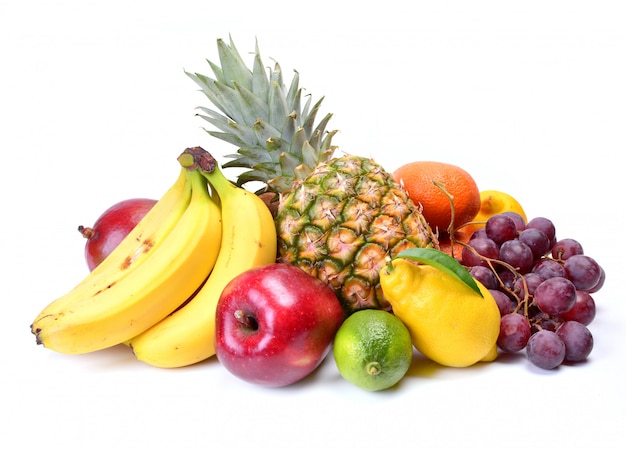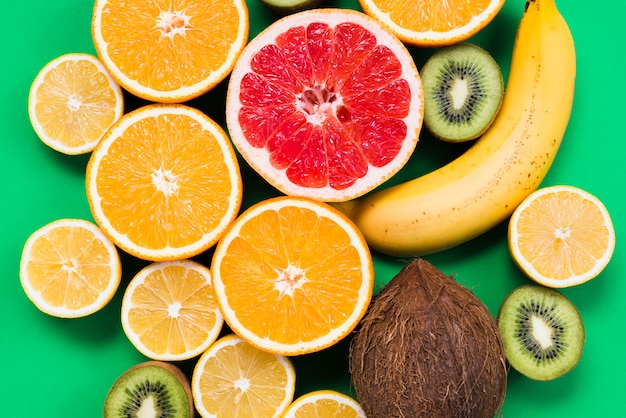As the sun warms our skin and days lengthen, summer ushers in a bounty of delicious and refreshing fruits. From vibrant berries to juicy stone fruits, the USA boasts a diverse selection that tantalizes taste buds and nourishes our bodies. This article explores the best summer fruits grown across the country, highlighting their unique flavors and the health benefits they offer.

A Burst of Summer Flavor:
- Berries: Summer is synonymous with berries! The USA is a haven for strawberries, raspberries, blueberries, and blackberries [1]. These delightful treats are not only packed with flavor, but also rich in antioxidants, vitamins, and fiber [2].
- Stone Fruits: Peaches, nectarines, plums, apricots, and cherries burst onto the scene in the summer months [1]. These stone fruits tantalize with their juicy sweetness and vibrant colors. They are a good source of vitamins A and C, contributing to healthy vision and immunity [3].
- Watermelon: This quintessential summer fruit is a refreshing and hydrating treat. Watermelon boasts over 90% water content, making it ideal for hot days [4]. It also contains vitamins A and C, along with the antioxidant lycopene, which may offer various health benefits [5].
- Cantaloupe and Honeydew: These melons offer a milder sweetness compared to watermelon. They are a good source of potassium, an essential mineral for regulating blood pressure [6]. Cantaloupe is also rich in vitamin A, while honeydew provides vitamin C [7].
- Mango: While not native to the USA, mangoes have become a popular summer fruit in many regions [8]. Their tropical sweetness and vibrant orange flesh are a taste of sunshine. Mangoes are an excellent source of vitamin C and fiber [9].
Beyond Deliciousness: Health Benefits of Summer Fruits
Summer fruits aren’t just a treat for the taste buds; they offer a multitude of health benefits:
- Hydration: Fruits with high water content, like watermelon and cantaloupe, help you stay hydrated during hot summer months.
- Essential Vitamins and Minerals: Summer fruits are a natural source of essential vitamins and minerals, including vitamins A, C, and K, as well as potassium and fiber, all crucial for maintaining good health.
- Antioxidant Powerhouse: Many summer fruits are rich in antioxidants, which help protect cells from damage and may reduce the risk of chronic diseases.

Seasonal Savoring:
To fully experience the peak flavor and nutritional value of summer fruits, opt for locally grown produce whenever possible. Farmers markets or farm stands often offer the freshest fruits at the height of their season. Here’s a quick guide to summer fruit availability across the USA:
- June-July: Strawberries, blueberries, cherries
- July-August: Peaches, nectarines, plums, watermelon
- August-September: Cantaloupe, honeydew, mangoes (depending on region)
Conclusion:
Summer’s bounty of fruits offers a delightful and healthy way to celebrate the season. From the vibrant berries to the juicy melons, each fruit boasts a unique flavor profile and a range of health benefits. So, stock up on your favorites, explore local farmers markets, and savor the sweet symphony of summer!
References:
- U.S. Department of Agriculture: https://www.myplate.gov/
- Oregon State University: [لينكي براري فواكه الصيف ON Oregon State University linus.oregonstate.edu]
- National Institutes of Health: https://www.ncbi.nlm.nih.gov/pmc/articles/PMC7546786/
- U.S. Department of Agriculture: https://fdc.nal.usda.gov/fdc-app.html#/food-details/167765/nutrients
- National Institutes of Health: https://www.verywellhealth.com/lycopene-health-benefits-4684446
- National Institutes of Health: https://medlineplus.gov/potassium.html
- U.S. Department of Agriculture: https://fdc.nal.usda.gov/fdc-app.html#/food-details/169092/nutrients
- California Rare Fruit Growers: https://www.growables.org/information/TropicalFruit/MangoCRFG.htm
- National Institutes of Health: https://www.ncbi.nlm.nih.gov/pmc/articles/PMC8746860/
